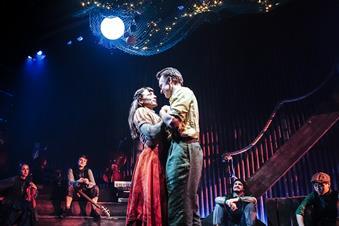
The Charterhouse, located in Clerkenwell, is an assembly of historic buildings dating from the 14th century; and it’s about to open to the public for the first time in 660 years.
Since being built in 1348, the Charterhouse has been a religious site, a Tudor mansion, a school and an alms-house (a site of charity-run accommodation). It remains an alms-house today.
In November this year, parts of the Charterhouse will be open to the public for the first time, revealing the story of this building and its role in London throughout history.
Guided tours will be available, as will newly opened spaces.
What can visitors see and do?
Partnering with the Museum of London, the Charterhouse is creating a new museum within the Tudor mansion, as well as a learning centre and an exhibition space.
The museum will chart seven phases in the journey of the buildings, through rare artefacts, unique and historically important documents and artworks.
These will include a water map illustrating how the monks tapped water from Sadlers Wells to supply each cell with running water in 1431.
Groups can also witness plague pit skeletons and a graffitied original school desk.
The exhibition space, meanwhile, will tell the story of the Charterhouse and its role in key moments in English history, using artefacts from its own collection, together with others from the Museum of London.
The museum, learning centre, exhibition space and a new cafe will be accessed through Charterhouse Square, the site of a Medieval plague pit. The square has been re-designed, inspired by its 18th century layout.
Entrance to the museum will be free, with the option of an additional paid tour of the other reopened buildings. The tours will be led by the ‘brothers’ who still live in the Charterhouse today.
Charterhouse history
The story of the Charterhouse began in 1348 during the Black Death when the land was used as a burial ground for victims of the plague.
In 1371 the building was created and a Carthusian monastery flourished on the site. In the 1500s, both Elizabeth I and James I stayed at the Charterhouse also.
In 1611 Thomas Sutton, a wealthy businessman, bought the Charterhouse and established the foundation that now provides a home for the vulnerable.
For further information visit www.thecharterhouse.org.




 Column
Column







